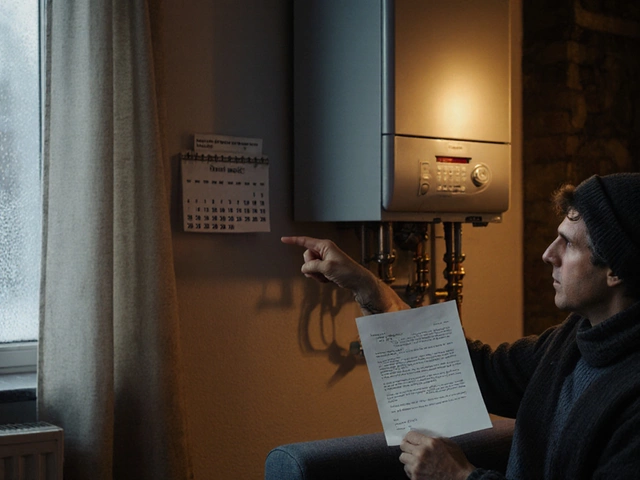Extractor Fan Testing – Simple Steps to Check and Keep It Running
Ever wonder why your kitchen or bathroom fan sounds weak or why the moisture stays stuck? Most of the time the answer is a fan that’s not being tested regularly. A quick check can tell you if the motor is still strong, the wiring is safe, and the airflow is enough to stop mold. Below are the easy things you can do yourself before calling a pro.
Quick Visual and Sound Checks
First, turn the fan on and listen. A healthy fan hums smoothly; any rattling, grinding, or sudden stops mean something is wrong. Open the cover (usually a few screws) and look for dust, broken blades, or loose wires. If you see a lot of grease buildup, that alone can choke the airflow.
While the cover is off, give the blades a gentle spin with your finger. They should turn freely. Stiff movement points to motor wear or rust. Also, check the fan’s power cord for cracks or frayed ends – a damaged cord is a fire risk and should be replaced right away.
Measuring Airflow and Electrical Safety
Next, test the airflow. Hold a piece of lightweight paper (like a post‑it) a few inches in front of the vent. If the paper lifts and flutters, the fan is moving air. If it barely moves, the motor or the duct might be blocked.
For a more precise check, you can use a simple handheld anemometer (available at most hardware stores). Aim it at the vent and note the speed in metres per second. Most residential fans should read between 0.5 and 1.0 m/s. Anything lower means you need to clean the duct or replace the motor.
Finally, verify the electrical side. With the fan switched off, use a voltage tester on the wiring terminals. You should see the standard UK mains voltage (230 V). No voltage or fluctuating readings suggest a wiring issue that a qualified electrician should handle.
If any of these steps reveal a problem, you have a clear idea of what to fix. Simple cleaning, tightening loose screws, or swapping a worn belt can solve many issues. When the motor is humming but still delivers weak airflow, it’s often a sign the fan motor is near the end of its life and should be replaced.
Keeping a regular testing schedule—once every six months—helps catch problems early. It also saves you money because a clean fan uses less electricity and lasts longer. So next time you notice steam hanging in the bathroom or stubborn cooking smells, run through this quick test. You’ll know whether a DIY clean‑up will do or if it’s time to call Rugby Appliance Repair Services for a professional fix.
Remember, safety first: always switch off the power at the consumer unit before opening the fan, and never force any parts. With these simple steps, you’ll keep your extractor fan humming happily and your home free from excess moisture.






